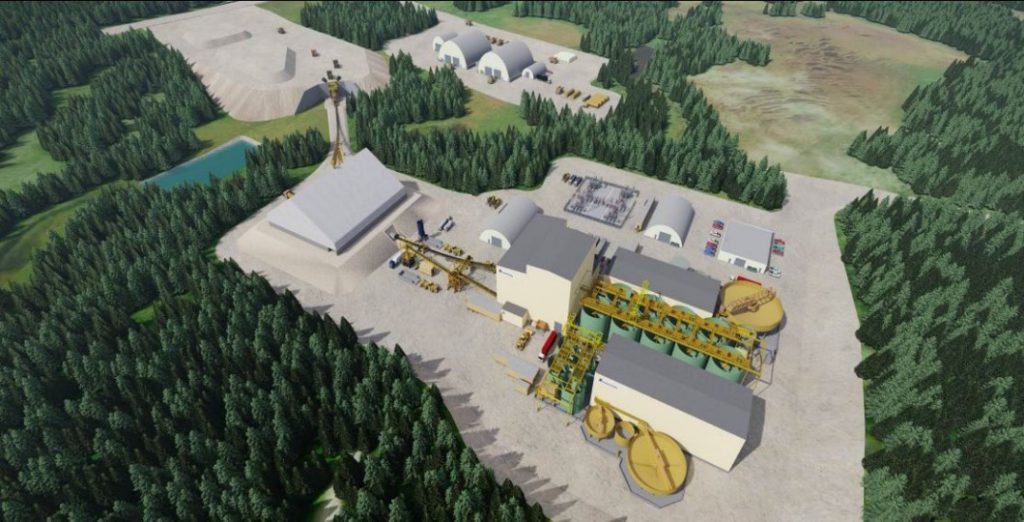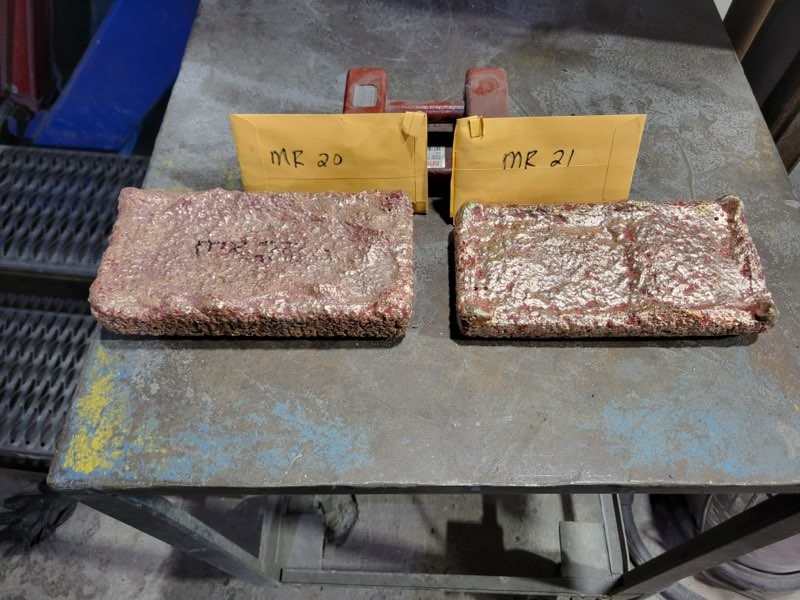Proven and probable reserves contain 2.7 million oz. of gold in 51.6 million tonnes grading 1.62 g/t gold, up 31% in ounces, 10% in tonnes, and 20% in grade, compared to the previous feasibility study of April 2021.
Within the reserves is a high-grade portion (greater than 0.7 g/t gold) containing 2.4 million oz. of gold in 35.3 million tonnes at 2.21 g/t gold. These numbers represent increases of 38% in ounces, 29% in tonnes, and 7% in grade.
Total measured and indicated resources for all zones are 64.6 million tonnes grading 1.90 g/t gold for 3.96 million contained ounces. There are also 20.8 million tonnes of inferred resources grading 1.65 g/t gold for 1.1 million oz. of gold.
The project is planned in three phases over a total of 14.3 years using a gold price of $1,700 and an exchange rate of US$1.00 to C$0.75. During the first three years beginning in 2025, the mines will produce 200,000 oz. of gold, and with an increase in the milling rate and lower feed grade for the next nine years, output will be approximately 193,000 oz. per years. An accumulated low-grade stockpile will be processed for the last three years.
The Valentine gold project received provincial and federal environmental approval earlier this year based on mining Marathon and Leprechaun. Early works construction began in October.
The updated feasibility study was not yet available on www.Marathon-Gold.com at press time, but it should be shortly.




